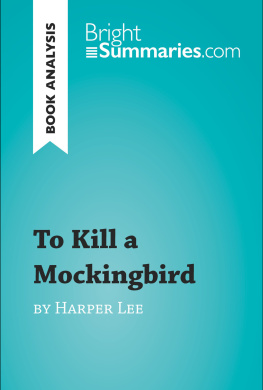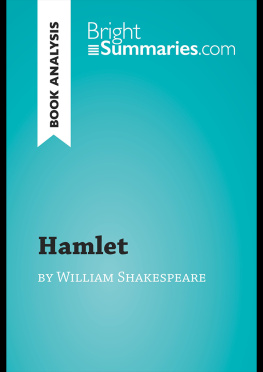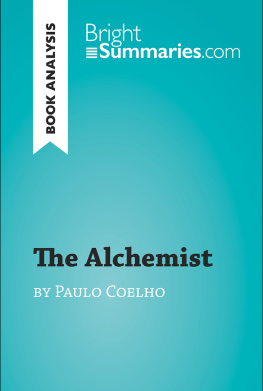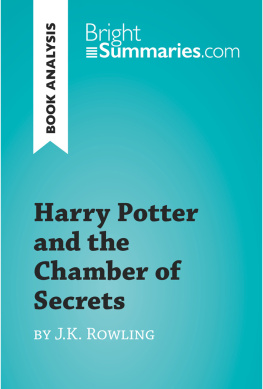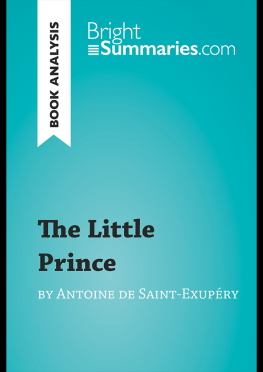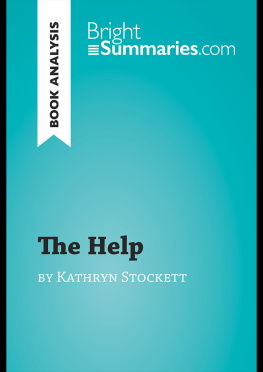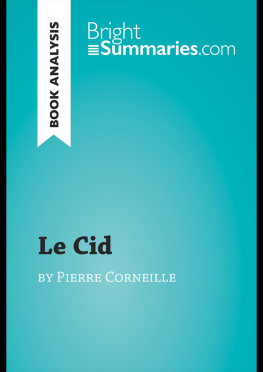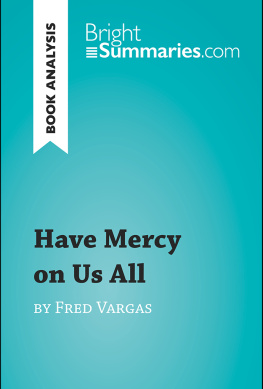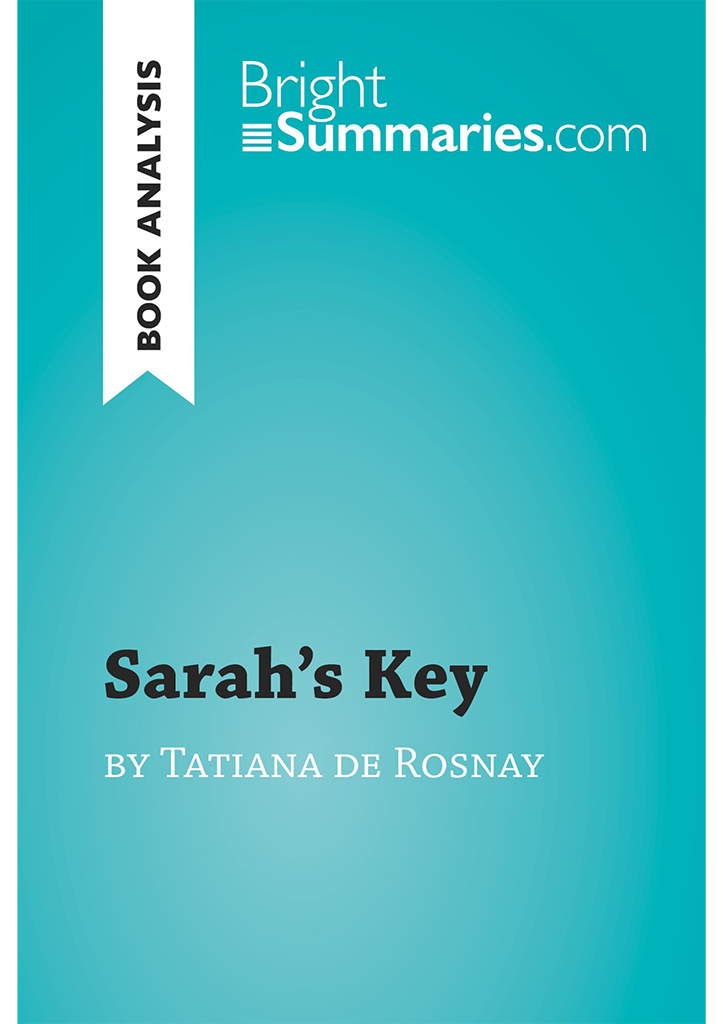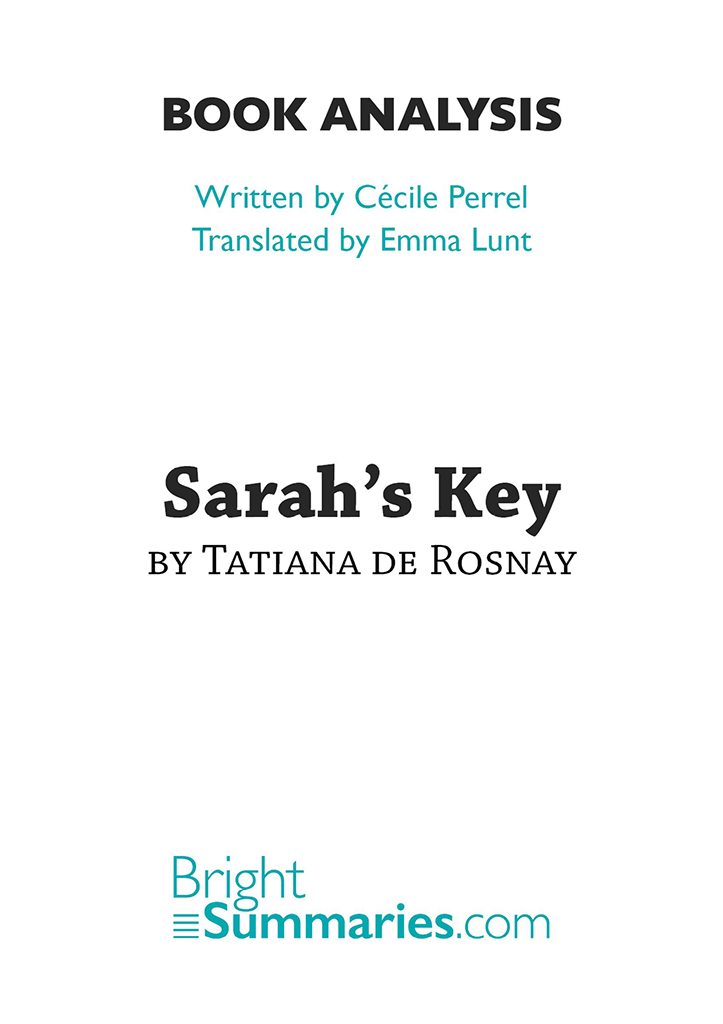Sarahs Key was published in 2007 and tells two stories. One is about Sarah, a young Jewish girl who is a victim of the Vel dHiv roundup during the summer of 1942; the other tells the tale of Julia, an American journalist who has to write an article for the 60th anniversary of this roundup. Julia becomes obsessed by what she discovers about this period of Frances history and realises that her own family was closely involved in it. She therefore tries to find Sarah to know what has become of this little girl.
Translated in 38 countries, with three million copies sold, Sarahs Key was adapted for cinema in 2010 with Kristin Scott Thomas playing the main role.
Summary
We have chosen to structure the summary based on the investigation led by the journalist Julia Jarmond, the novels heroine, to write her article. In this way, the past and the present blend together at the pace of the research carried out by the young woman.
The article
Julia Jarmond is an American journalist, aged 40, who has lived in France for many years with her husband, Bertrand Tzac. They have an 11-year-old daughter, Zo. The couple have faced difficulties in the past, having been unable to have more children, something that profoundly affected them. Around that time, Bertrand cheated on Julia with an old college friend, Amlie, but today, everything seems to have returned to normal.
The couple are to move into a new apartment situated on rue de Saintonge that belongs to Mam, Bertrands grandmother. She is the only one who has accepted Julia into the family and shows great affection towards her. Relations are difficult with the rest of Julias in-laws, who are very authoritative.
A short while after the move, Julia discovers that she is pregnant, which fills her with joy. Unfortunately, her husbands reaction is not what she had hoped for: Bertrand is reluctant, not seeing himself as a new father at his age and he does not want Julia to continue with the pregnancy. She therefore plans to have an abortion but she cannot bring herself to go through with it and decides to keep the baby, at the risk of losing her husband.
The magazine that Julia works for asks her to write an article about the Vlodrome dHiver roundup, commonly known as the Vel dHiv, which took place 60 years before. The journalist, interested in this period of history, begins her research. She reads in articles that in 1942, the Nazis persecuted European Jews, and particularly those in France, for several months. They were forced to wear a yellow star, prohibited from entering most public places and even began to fear for their lives.
Some days later, by chance, during a conversation with Mam, she learns that the Tzac family came to the apartment on rue de Saintonge during the summer of 1942 because places were freed up following the roundup. Julia therefore decides to do research to find out the identity of the family that had lived there during this time.
She discovers that the previous occupants of the apartment on rue de Saintonge were a Jewish family, the Starzynskis, who were arrested on 16 July 1942 by French police. Furthermore, douard, her father-in-law, tells her about an event that deeply affected him and that took place when he was just a child. He had just moved into the apartment with his family when one day, a young girl named Sarah burst in and hurried towards a hidden cupboard in one of the bedrooms. The sight that awaited her made her feel ill: the dead body of a little boy. Julia therefore offers to do some research to find out what became of Sarah.
The residents of rue de Saintonge
In 1942, French police knocked on the apartment door of the Starzynksis, Jews of Polish origin. The familys daughter, Sarah, aged 10, was frightened and decided to hide her little brother in a cupboard that she often used as a hiding place. She locked it with the key and promised him that shed be back soon to get him. The rest of the family was arrested and brought by the police to the Vlodrome dHiver, where thousands of Jews had to stay for several days, in ghastly conditions without food or water. There, Sarah told her father than she had hidden Michel. Panic-stricken, Starzynski asked the police for permission to go and get the child, but they refused. Sarah felt terribly guilty and feared that she had condemned her brother to death in the cupboard.
Good to know: The Vlodrome dHiver roundup
The Vlodrome dHiver roundup took place on 16 and 17 July 1942 in collaboration with the French police. More than 13,000 Jews were arrested and placed inside the velodrome to wait to be sent to the concentration or extermination camps according to their ability to work. The roundup only targeted foreign Jews, but their children, even if they were born in France, were taken with them.
A few days later, they were all sent by train to the camps situated to the south of Paris. Soon after, families were separated, with parents making only a quick stop there before leaving for Auschwitz. Sarah found herself alone in the childrens barrack, obsessed with getting back to Paris to rescue her brother. She soon made the acquaintance of another young girl, Rachel, who convinced her to escape.
Together, they succeeded in running away and wandered far into the surrounding countryside, hiding in the forests. They eventually reached the house of Jules and Genevive Dufaure who welcomed them. But Rachel was ill and the doctor that was called to her bedside alerted the German authorities to her presence. Hidden in the basement, Sarah witnessed her friends arrest. Luckily, the Dufaures were not reprimanded. The young girl then explained to them that she wants to return to Paris to free her brother. The couple decided to accompany her. However, when she arrived at the apartment, Sarah was surprised to find an unknown family there. Even so, she rushed into the bedroom, opened the cupboard and discovered Michels lifeless body.
Searching for Sarah
douard gives Julia a series of letters dated from September 1942 to April 1952: they were written by Jules Dufaure and addressed to Andr Tzac, douards father. They speak exclusively of Sarah, her education and her health. Julia discovers that, for ten years, Andr Tzac had sent money every month to the Dufaures in order to support Sarahs needs. He had never forgiven himself for the scene when Michels body was discovered, and thought that it was his duty to help the little girl.


